Interactive Learning Experiences
Use these web scrolling experiences to learn the basics behind infection control actions and ways they can prevent the spread of infectious diseases.
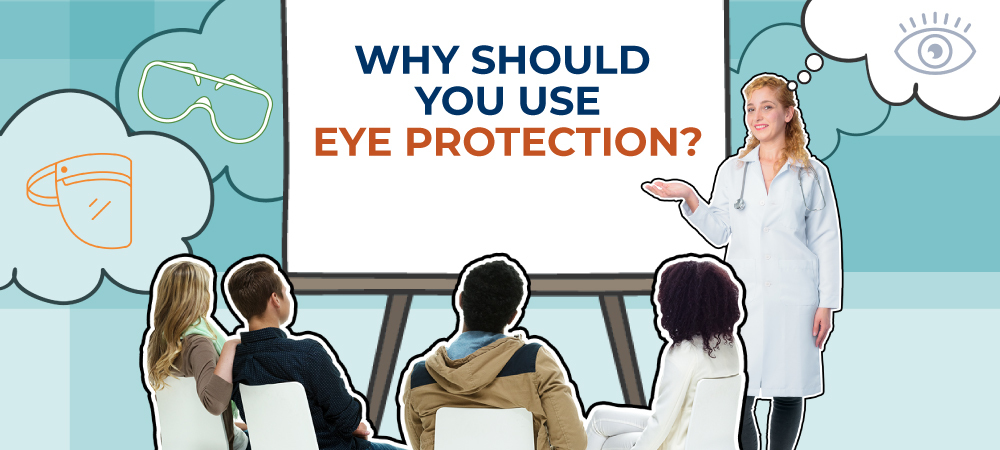
Why Should You Use Eye Protection?
Eye protection, such as goggles or face shields, is part of the personal protective equipment recommended to keep us safe from germs. We often focus on protecting our nose and mouth; however, our eyes are another way germs can get into our bodies. Scroll through this experience to find out why eye protection is essential to reduce your exposure to germs.

ALL EXPERIENCES
We encourage you to share these resources with frontline public health and healthcare workers to reinforce guidance on how they can protect themselves, their patients, coworkers, and community.
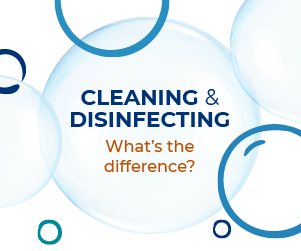
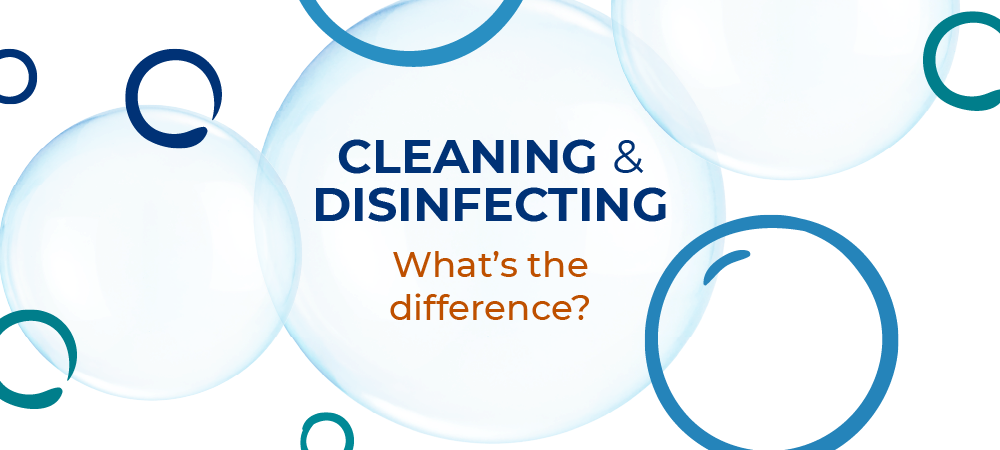
Cleaning & Disinfection: What’s the difference?
Cleaning and disinfection are both important ways to keep infections from spreading in healthcare, but they are not the same. Scroll through this experience to find out how appropriate cleaning and disinfection protects patients and staff.
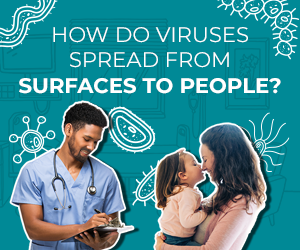
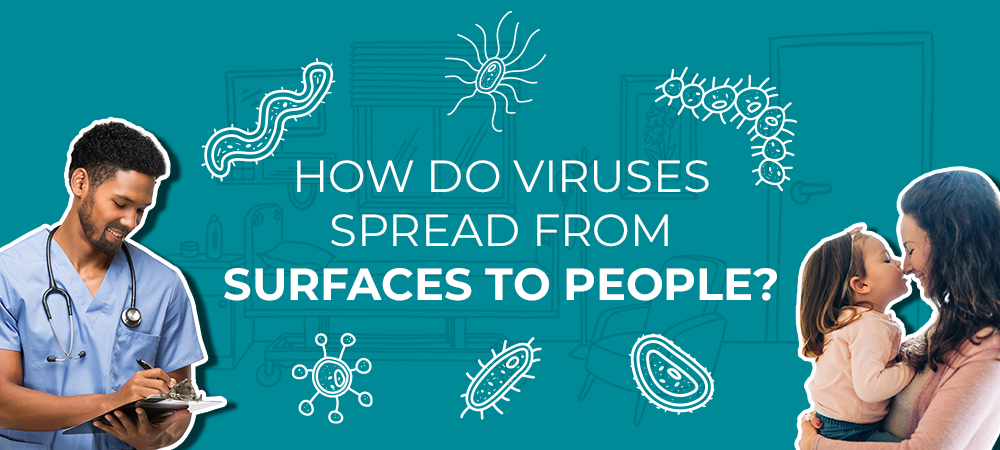
How Do Viruses Spread from Surfaces to People?
Viruses make us sick by spreading from person to person, but how does this happen? Scroll through this experience to find out how viruses travel through respiratory droplets and surface contact, and how infection control actions can stop the spread.
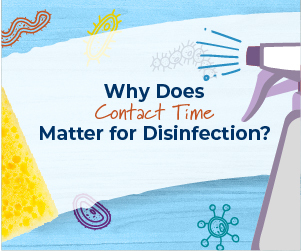
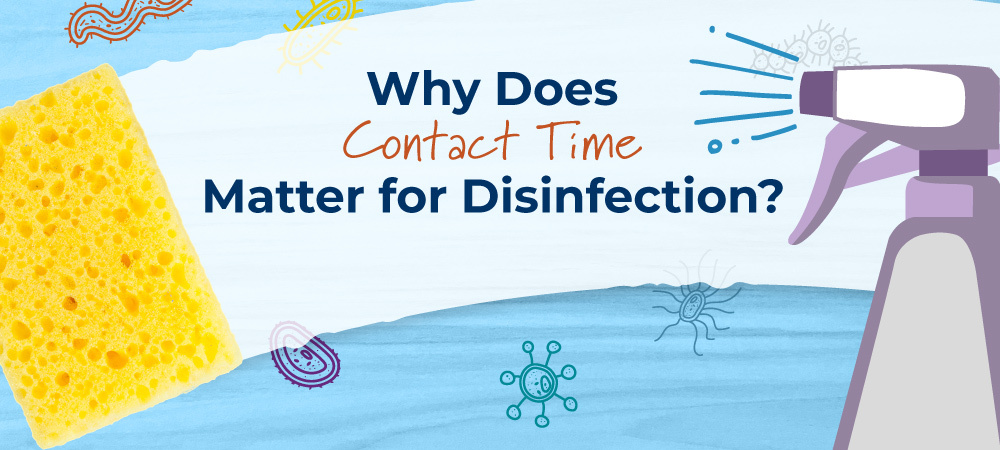
Why Does Contact Time Matter for Disinfection?
Contact time is important to determine how long a disinfectant should be on a surface before it is wiped away or disturbed. Scroll through this experience to find out how a disinfectant’s contact time makes a big difference in determining if germs spread or die.

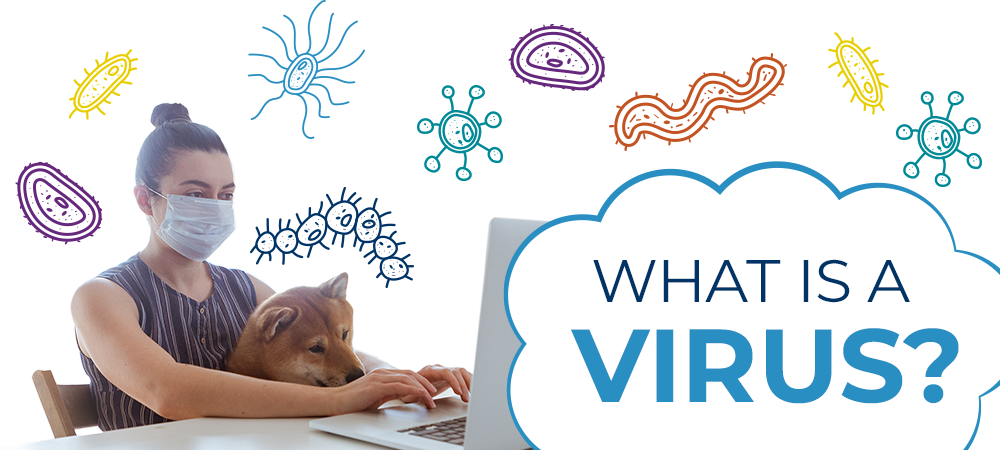
A virus is made up of three main parts: genes, proteins, and an envelope. Do you know the function of each part and how it impacts the spread of sickness and disease? Scroll through this experience to find out how a virus functions and how infection control actions can protect us.
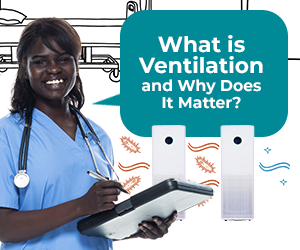
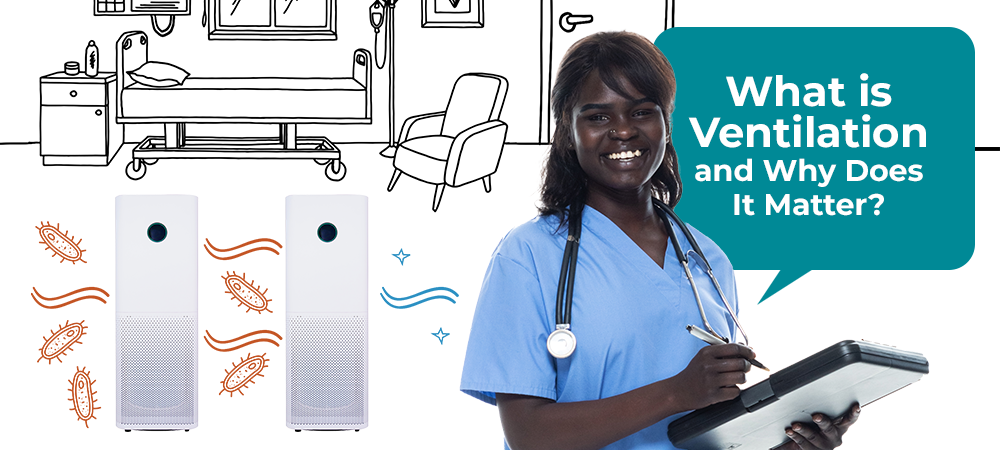
Ventilation is a key part of any healthcare infection control plan. Knowing why it matters, what role you play, and who at your facility is responsible for proper ventilation is critical. Scroll through this experience to find out how you can protect yourself and others from germs in the air.
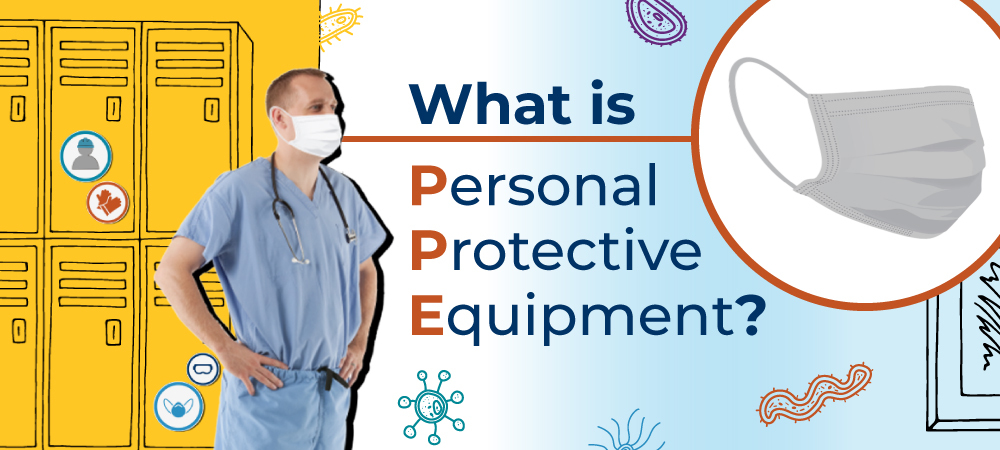

What is Personal Protective Equipment?
In healthcare, personal protective equipment (PPE) protects you from your most common problem—germs. Wearing PPE not only keeps you safe from germs, but also your patients and coworkers. Scroll through this experience to find out why PPE is important for infection control and how it works.
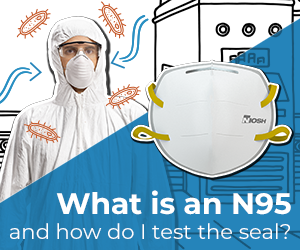
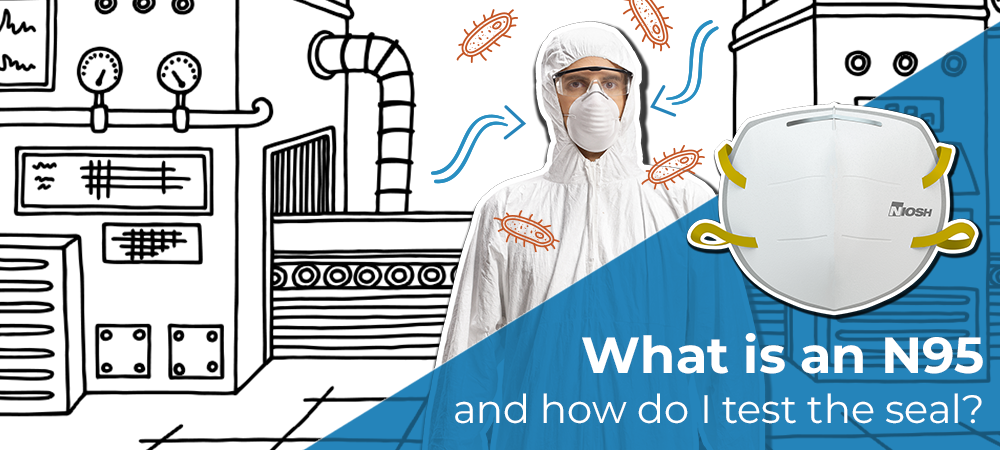
What is an N95 and How Do I Test the Seal?
N95s are certain respirators tested and proven to filter out at least 95% of very small air particles. While it is important to wear an N95 for respiratory protection, users should also check the seal of their N95 each time they put it on to ensure they only breathe in filtered air. Scroll through this experience to find out how to properly test an N95 seal to protect yourself and others from germs in the air.

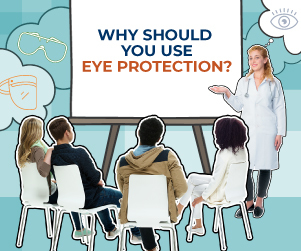
Why Should You Use Eye Protection?
Eye protection, such as goggles or face shields, is part of the personal protective equipment recommended to keep us safe from germs. We often focus on protecting our nose and mouth; however, our eyes are another way germs can get into our bodies. Scroll through this experience to find out why eye protection is essential to reduce your exposure to germs.
These experiences are based off of a series of educational videos prepared by CDC’s Dr. Abby Carlson in partnership with Project Firstline.